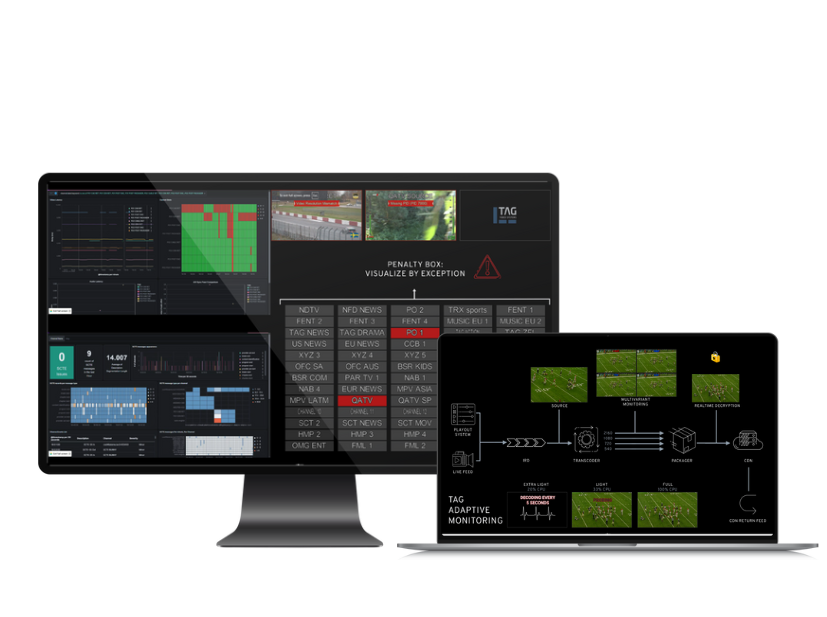Is Your Face the Future of Airport Security? Busting Common Myths About TSA Biometrics

The Transport Security Administration (TSA) is increasingly exploring biometric technology – think facial recognition and fingerprint scanning – to streamline airport security and enhance passenger safety. But with any new tech comes a wave of questions and concerns. Are we handing over our privacy? Is this a slippery slope to constant surveillance? Let's unpack some of the biggest myths surrounding TSA's biometric ID technology and what it really means for you, the traveller.
Myth #1: The TSA is Building a Massive Database of Your Face
This is perhaps the most prevalent concern. Many worry that the TSA is collecting and storing countless facial images to create a permanent record. The reality is more nuanced. Currently, the TSA's biometric programs primarily function as match-and-verify systems. This means your face is compared to a pre-existing image you've voluntarily provided – for example, when enrolling in a Trusted Traveler Program like Global Entry or TSA PreCheck. The system doesn't store a copy of your image; it simply confirms a match. While future developments might involve broader image capture, the current focus is on voluntary participation and secure data handling.
Myth #2: You Have No Choice but to Use Biometrics
Absolutely not! Participation in TSA biometric programs is entirely voluntary. You can still go through standard security screening without providing any biometric data. The TSA is committed to ensuring that travellers have the option to choose how they interact with security procedures. While biometric lanes might become more common, they won't replace traditional checkpoints. You'll always have the choice.
Myth #3: Biometrics are Unhackable and Completely Secure
No technology is entirely impervious to cyber threats. While the TSA invests heavily in security measures to protect biometric data, the risk of a breach always exists. The TSA works with industry experts and utilises advanced encryption techniques to minimise this risk. They are also continually refining their security protocols to stay ahead of potential threats. Transparency and ongoing monitoring are crucial to maintaining public trust.
Myth #4: Biometrics Will Eliminate Long Security Lines
While biometrics can contribute to faster security processing, it's not a magic bullet. Factors like passenger volume, staffing levels, and the efficiency of other security procedures all play a role in wait times. Biometrics primarily speed up the identity verification process, but other bottlenecks can still exist. However, as the technology matures and adoption increases, it's likely to significantly reduce congestion at airports.
Myth #5: Biometrics are Infallible and Always Accurate
Facial recognition technology isn't perfect. Accuracy rates are generally high, but false positives and false negatives can occur. Factors like lighting conditions, facial hair, and changes in appearance can affect performance. The TSA acknowledges these limitations and uses biometric systems as one layer of security, not the sole determinant of identity. Human oversight remains an essential component of the screening process.
The Future of Airport Security
TSA's exploration of biometric technology represents a significant shift in airport security. While legitimate concerns exist, understanding the facts and dispelling common myths is crucial. As the technology evolves, transparency, voluntary participation, and robust security measures will be paramount to ensuring a safe, efficient, and privacy-respecting travel experience for all New Zealanders and visitors alike. Keep an eye on the TSA's website for the latest updates and program details.






